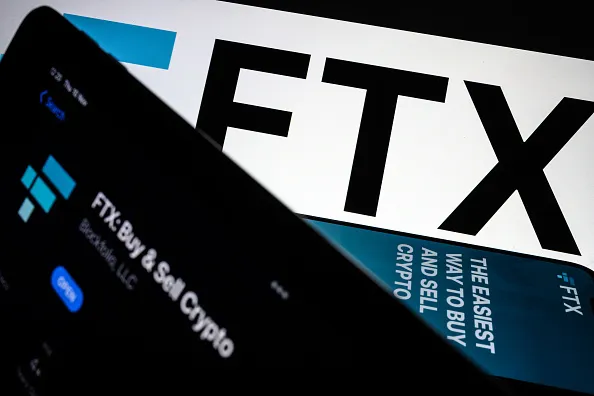The Bybit hack—a staggering $1.4 billion heist that rocked the crypto world on February 21, 2025—has thrown a spotlight on how stablecoin giants handle stolen funds.
While Tether moved swiftly to freeze 106K USDT tied to the breach, which some link to North Korea’s Lazarus Group, Circle’s been dragging its feet on 115K USDC directly connected to the same crime, with no obfuscation muddying the trail. This sluggish response has folks in the crypto space talking, as every minute counts when dirty funds are on the move.
The Bybit saga kicked off when hackers, allegedly tied to DPRK operatives, pulled off what’s being called the biggest crypto theft ever. Blockchain sleuths like Spot On Chain reported the culprits have already laundered over 270K ETH—around $605 million—mostly through THORChain, a protocol now under fire for enabling illicit flows.
Despite the FBI pinning this on Lazarus, known for funding North Korea’s mischief with stolen crypto, Circle hasn’t locked down those 115K USDC tokens even days after the breach. Tether, meanwhile, had 106K USDT frozen hours after the hack surfaced, showing how fast a stablecoin issuer can act when the heat’s on.
Posts on X are buzzing with frustration over Circle’s delay—some calling it a head-scratcher given the clear trail, others speculating red tape or priorities are to blame. Bybit’s not sitting still, though. They’ve launched a warpath against Lazarus, offering a $140 million bounty to anyone helping recover funds, and have frozen $42.3 million of the loot so far. CEO Ben Zhou’s been upfront, admitting the hack hit during a cold wallet transfer but insisting their treasury can cover the hit. Still, with over half the stolen ETH already washed, the clock’s ticking—and Circle’s slow freeze isn’t doing them any favors in the court of crypto opinion.





